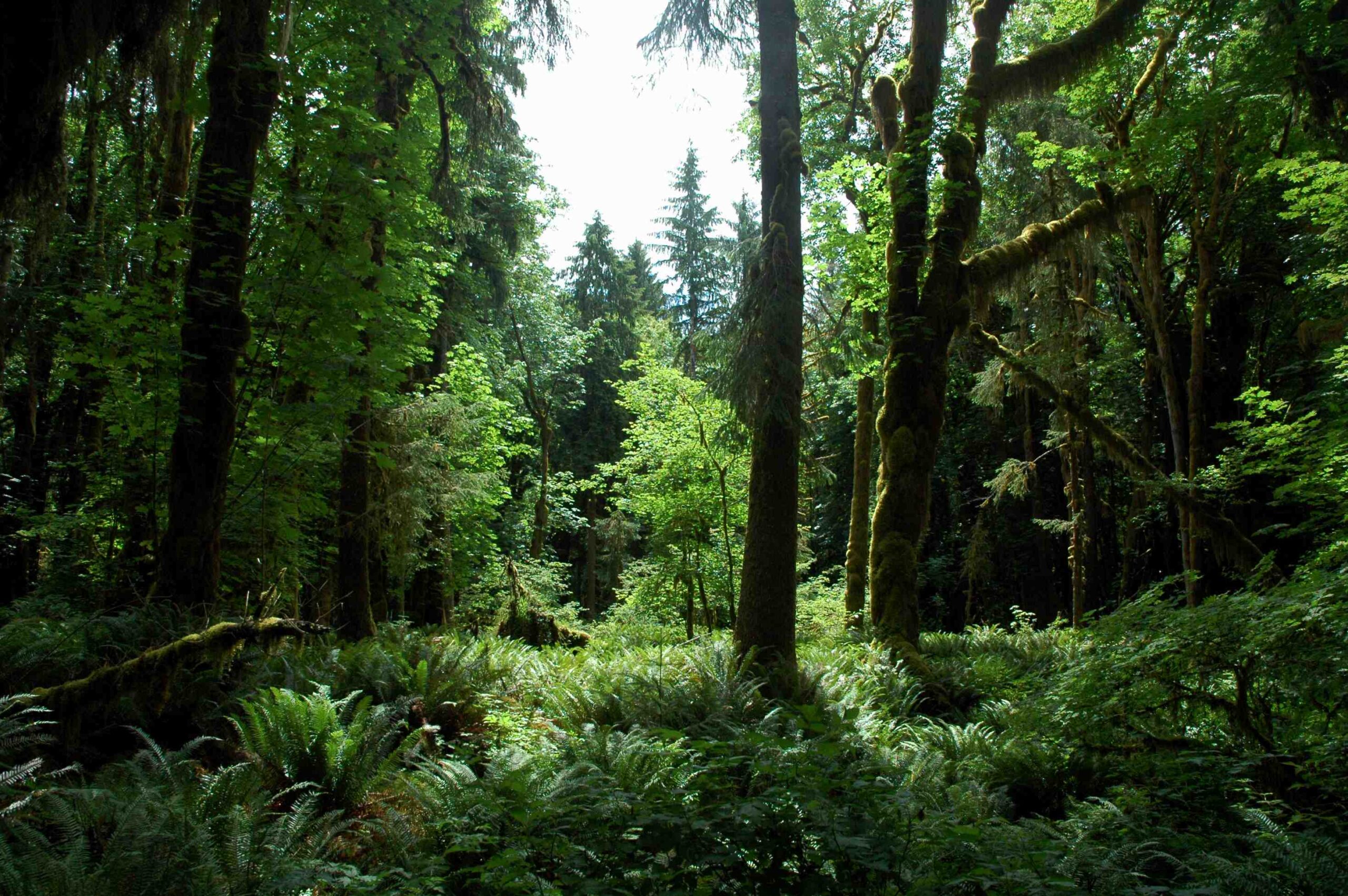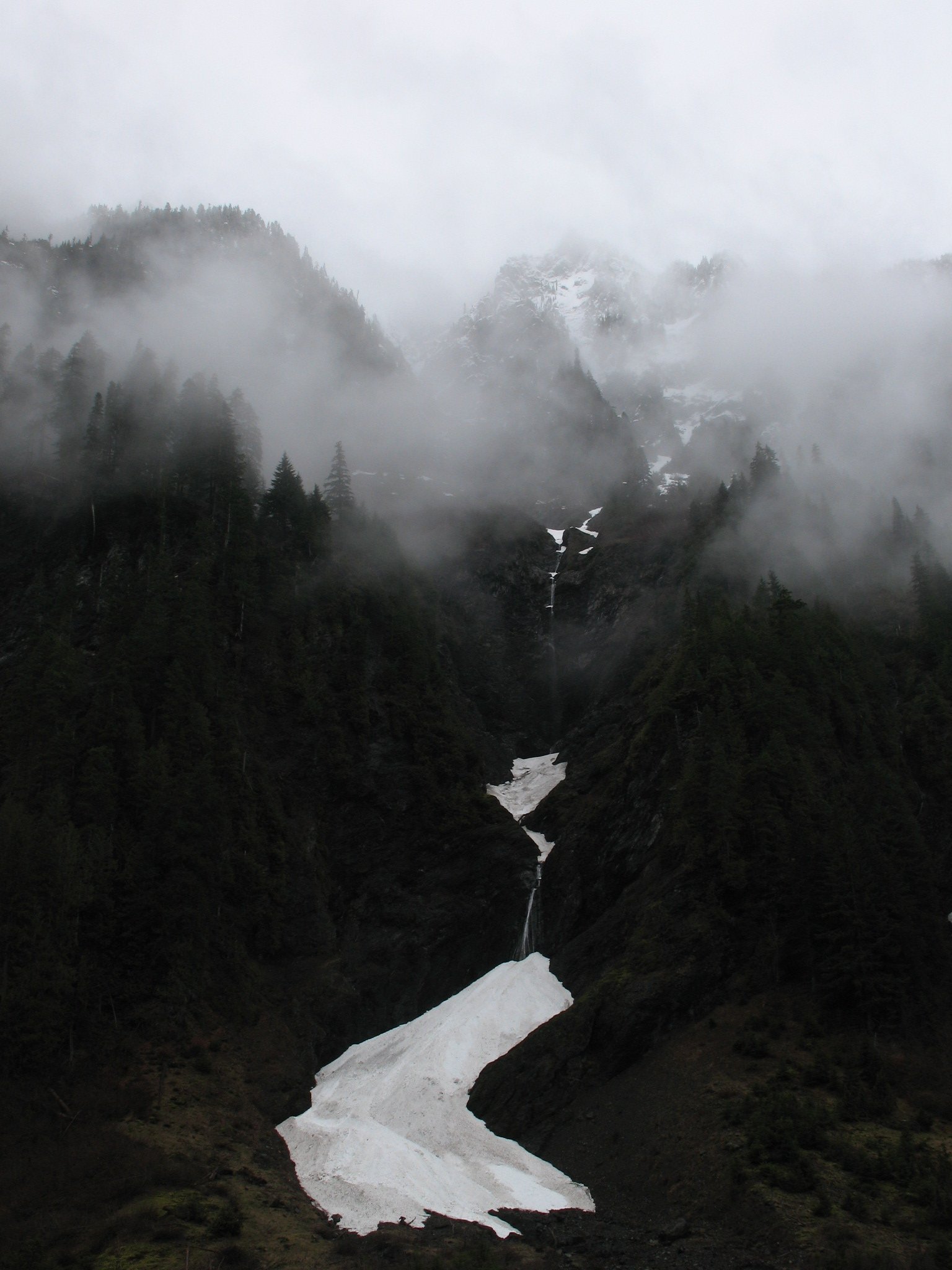Olympic National Park’s geology is a testament to millions of years of tectonic activity, volcanic eruptions, and glacial sculpting. This guide explores the park’s unique geological formations, from the basaltic Crescent Formation to the sedimentary core rocks. We’ll delve into the tectonic processes that shaped the Olympic Mountains and examine the glacial history that carved its dramatic landscapes.
What Are the Key Geological Formations in Olympic National Park?

Olympic National Park boasts a diverse array of geological formations, each telling a unique story of the park’s tumultuous past. Let’s explore the most significant formations:
- Crescent Formation
- Type: Basaltic rocks
- Location: Forms a horseshoe shape along the northern, eastern, and southern margins of the Olympic Mountains
- Age: Approximately 55 million years old
-
Origin: Underwater volcanism
-
Hoh Rock Assemblage
- Type: Mixed volcanic and marine sedimentary rocks
- Location: Along the scenic coast of Olympic National Park
-
Notable features: Jagged sea stacks and coastal cliffs
-
Core Rocks
- Type: Sedimentary rocks (sandstones, mudstones, conglomerates, and shales)
- Location: Central Olympics
-
Origin: Underwater landslide deposits (turbidites)
-
Glacially Carved Features
- Type: Glacial landforms
- Examples: Lake Crescent, U-shaped valleys
-
Location: Throughout the park
-
Hurricane Ridge and Mount Olympus
- Type: Uplifted and folded rocks
- Elevation: Hurricane Ridge – 1,830 meters (6,000 feet); Mount Olympus – 7,979 feet
- Composition: Ancient seafloor rocks
How Did Tectonic Activity Shape Olympic National Park?

The geological story of Olympic National Park is intrinsically linked to the ongoing tectonic dance between two major plates:
- Plates Involved: Juan de Fuca Plate and North American Plate
- Process: Subduction of the Juan de Fuca Plate beneath the North American Plate
- Timeline: Began approximately 34 million years ago during the Eocene epoch
- Results:
- Scraping off of sedimentary packages from the Juan de Fuca Plate
- Accretion of these packages to the western margin of North America
- Folding, thrusting, and uplift of rock assemblages into mountain peaks
This tectonic activity is responsible for the park’s seismic nature and the continuous uplift of the Olympic Mountains.
What Role Did Glaciers Play in Shaping Olympic National Park?
Glaciers have been instrumental in carving the dramatic landscapes of Olympic National Park:
- Timeline: Significant glaciation during the Pleistocene era
- Current Status: Approximately 50 glaciers remain in the park
- Notable Glaciers: At least six glaciers on Mount Olympus exceed one mile in length
Glacial Features in Olympic National Park
| Feature | Description | Example Location |
|---|---|---|
| U-shaped Valleys | Broad, flat-bottomed valleys with steep sides | Hoh River Valley |
| Glacial Lakes | Formed by glacial erosion or blocked by glacial deposits | Lake Crescent |
| Erratics | Large boulders transported by glaciers | Various locations throughout the park |
| Scree Fields | Accumulations of broken rock fragments | Found on many mountain slopes |
The balance between glacial formation and erosion is maintained by the orographic effect, ensuring that the rate of erosion matches the rate of uplift.
What Are the Primary Rock Types Found in Olympic National Park?
Olympic National Park showcases a diverse range of rock types, each with its own unique characteristics and formation processes:
- Basalts
- Classification: Igneous rocks
- Formation: Underwater volcanism
- Location: Crescent Formation
-
Age: Approximately 55 million years old
-
Sedimentary Rocks
- Types: Sandstones, mudstones, conglomerates, and shales
- Formation: Compression and cementation of turbidites (underwater landslide deposits)
-
Location: Central Olympics
-
Metamorphosed Sedimentary Rocks
- Formation: High temperatures and pressures acting on sedimentary rocks
- Conditions: Temperatures up to 200°C, buried to depths of around 10 kilometers
- Metamorphic Grade: Lower greenschist to blueschist facies
How Does the Geology of Olympic National Park Influence Its Ecosystems?
The unique geology of Olympic National Park has a profound impact on its diverse ecosystems:
-
Soil Composition: The varied rock types weather differently, creating a range of soil types that support diverse plant communities.
-
Water Availability: The park’s geological features influence water distribution:
- Porous rocks create underground aquifers
-
Impermeable layers form surface streams and rivers
-
Microclimates: The park’s varied topography creates numerous microclimates:
- Rain shadow effect on the eastern side
-
High precipitation on the western slopes
-
Habitat Diversity: Geological features create diverse habitats:
- Coastal cliffs provide nesting sites for seabirds
-
Alpine meadows support unique plant and animal species
-
Nutrient Cycling: The weathering of different rock types releases various minerals, influencing soil fertility and plant growth.
What Are the Ongoing Geological Processes in Olympic National Park?
Olympic National Park is a dynamic landscape, continually shaped by various geological processes:
-
Tectonic Uplift: Ongoing subduction causes continuous uplift of the Olympic Mountains.
-
Erosion: Wind, water, and ice constantly wear down the landscape:
- Coastal erosion shapes the park’s dramatic shoreline
-
River erosion carves valleys and canyons
-
Mass Wasting: Landslides and debris flows are common, especially during heavy rainfall events.
-
Glacial Activity: While diminished, the park’s remaining glaciers continue to shape high-altitude areas.
-
Weathering: Chemical and physical weathering processes break down rocks, contributing to soil formation.
How Can Visitors Experience the Geology of Olympic National Park?
To fully appreciate the geological wonders of Olympic National Park, consider the following activities:
- Scenic Drives:
- Hurricane Ridge Road: Offers panoramic views of the Olympic Mountains
-
Obstruction Point Road: Provides access to high-altitude geological features
-
Hiking Trails:
- Hoh Rain Forest Trails: Showcase glacially carved valleys
-
Rialto Beach: Explore coastal geological features and sea stacks
-
Visitor Centers:
- Olympic National Park Visitor Center: Offers exhibits on park geology
-
Hurricane Ridge Visitor Center: Provides information on alpine geology
-
Ranger-Led Programs:
-
Attend geology talks and guided walks to learn from park experts
-
Tide Pool Exploration:
- Visit beaches like Shi Shi or Second Beach during low tide to observe intertidal geology
By engaging in these activities, visitors can gain a deeper understanding of the complex geological processes that have shaped Olympic National Park over millions of years.

